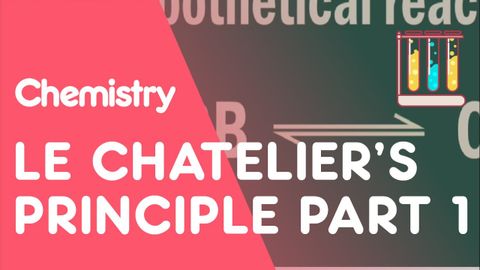
字幕與單字
Le Chatelier's Principle Part 1|化學之旅|導火線學校。 (Le Chatelier's Principle Part 1 | The Chemistry Journey | The Fuse School)
00
Wayne Lin 發佈於 2021 年 01 月 14 日收藏
影片單字
pressure
US /ˈprɛʃɚ/
・
UK /'preʃə(r)/
- n. (c./u.)壓力;壓;擠;緊迫;催促;壓力;壓力 (物理學);壓力 (印刷);時間壓力;政治壓力;血壓
- v.t.施壓;迫使...做某事
A2 初級多益中級英檢
更多 使用能量
解鎖所有單字
解鎖發音、解釋及篩選功能
